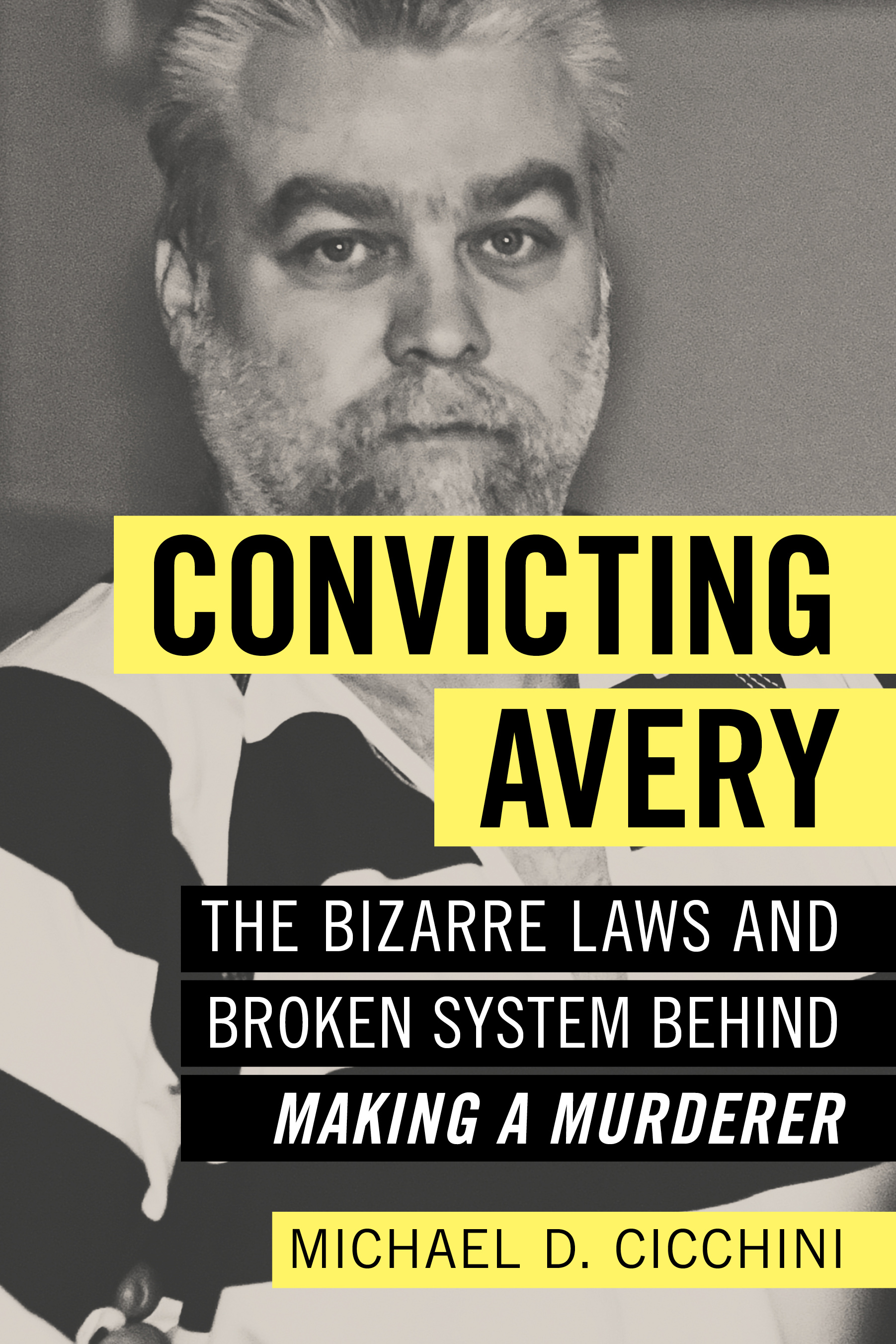Commentary: How to get from plan to action
By: ED POLL//February 15, 2010//
Not planning is not an option if a firm wants to survive, because a plan is the first responsibility of a business owner. The plan doesn’t have to be complicated — it can be as fundamental as identifying a desired business outcome, defining what is necessary to achieve that outcome and working toward it consistently.
Too often the broad concept of a strategic plan seems so daunting that the first step toward it is never taken. But specific, step-by-step actions can make planning a reality. Consider these three planning case studies from my own coaching practice:
A Business Plan in Action.
A lawyer felt his business was not growing as quickly as he had desired. At the same time he worried about his exit strategy, not knowing when or how he could profitably exit his law practice.
When we met for a strategic planning conference, we identified his prospective clients, where he might find the type of clientele that he wanted to target, and a list of tactics that would get him in front of targeted prospects.
This lawyer thought that he had concluded the process. However, as we spoke further, I was able to suggest a methodology by which he could also develop an exit strategy. By including this entire thought process in a business plan, he now had a roadmap that will serve him well as he develops his practice en route to his ultimate objective of profitable retirement.
A Receivables Plan in Action.
In advising one recent client, it became quite clear that his large receivables listing was a major problem. The receivables were old and there was little effort given to manage and collect the aged accounts.
My advice to this lawyer was to “stop working” and to focus all his energy on collecting the accounts that were old. Even if he did not work for the next 30 days on any legal matter, and focused all his energy on the collection of accounts receivable, the amount of money that he would bring in could be the equivalent of an entire year’s revenue.
After 30 days, the attorney reported to me that a substantial amount of the receivables had been collected and, indeed, my concept of stopping current work for a month in order to focus on collections proved to be valid.
A Marketing Plan in Action.
A solo practitioner had built a successful practice in just three years, but she felt that it was growing so rapidly that she needed to add an associate to keep up.
Together we assessed her practice and found that while revenues were growing rapidly, they were still well below the level that could support a full-time associate. Moreover, the practice was not nearly as profitable as it should be because the lawyer was outsourcing too much work on a contract basis in order to devote more time than was practical to nonbillable community service projects and activities.
To address this, we shifted the lawyer’s business development and community service focus to activities where she would interact with businesspeople who would be potential sources of new business or referrals, simultaneously addressing her service wants and revenue needs.
The journey of a thousand miles truly begins with the first step. Take one step at a time, and you will be on the way to a real plan.
Ed Poll J.D., M.B.A., CMC is the principal of LawBiz® Management, a national law firm practice management consultancy based in Venice, California. For more information, visit his Web site www.LawBiz.com or email him at [email protected].
Legal News
- Former law enforcement praise state’s response brief in Steven Avery case
- Eric Toney announces re-election bid for Fond du Lac County District Attorney
- Former Wisconsin Democratic Rep. Peter Barca announces new bid for Congress
- Republicans file lawsuit challenging Evers’s partial vetoes to literacy bill
- More human remains believed those of missing woman wash up on Milwaukee Co. beach
- Vice President Harris returning to Wisconsin for third visit this year
- Wisconsin joins Feds, dozens of states to hold airlines accountable for bad behavior
- Trump ahead of Biden in new Marquette poll
- Bankruptcy court approves Milwaukee Marriott Downtown ‘business as usual’ motion
- New Crime Gun Intelligence Center to launch in Chicago
- Arrest warrant proposed for Minocqua Brewing owner who filed Lawsuit against Town of Minocqua
- Wisconsin Supreme Court justices question how much power Legislature should have
WLJ People
- Power 30 Personal Injury Attorneys – Russell Nicolet
- Power 30 Personal Injury Attorneys – Benjamin Nicolet
- Power 30 Personal Injury Attorneys – Dustin T. Woehl
- Power 30 Personal Injury Attorneys – Katherine Metzger
- Power 30 Personal Injury Attorneys – Joseph Ryan
- Power 30 Personal Injury Attorneys – James M. Ryan
- Power 30 Personal Injury Attorneys – Dana Wachs
- Power 30 Personal Injury Attorneys – Mark L. Thomsen
- Power 30 Personal Injury Attorneys – Matthew Lein
- Power 30 Personal Injury Attorneys – Jeffrey A. Pitman
- Power 30 Personal Injury Attorneys – William Pemberton
- Power 30 Personal Injury Attorneys – Howard S. Sicula









